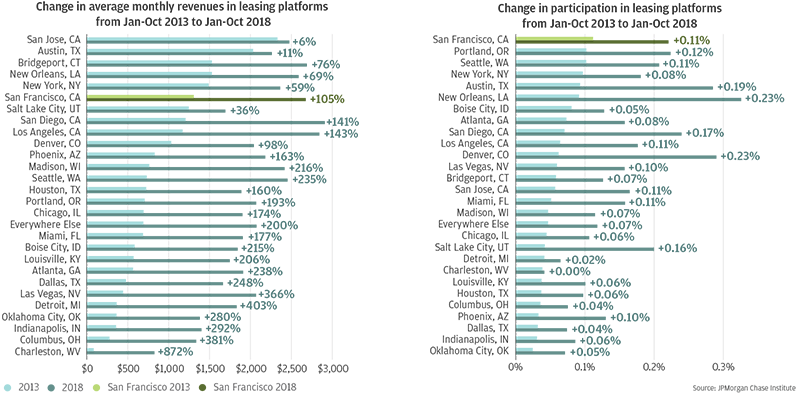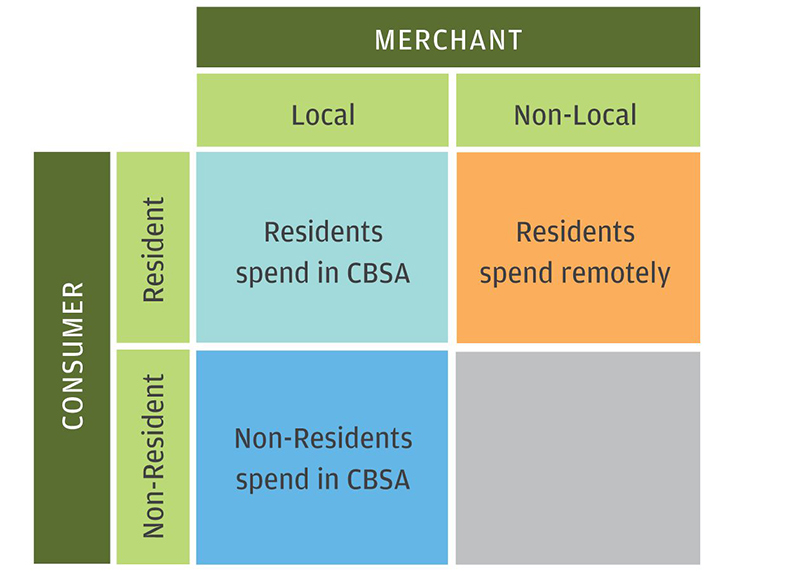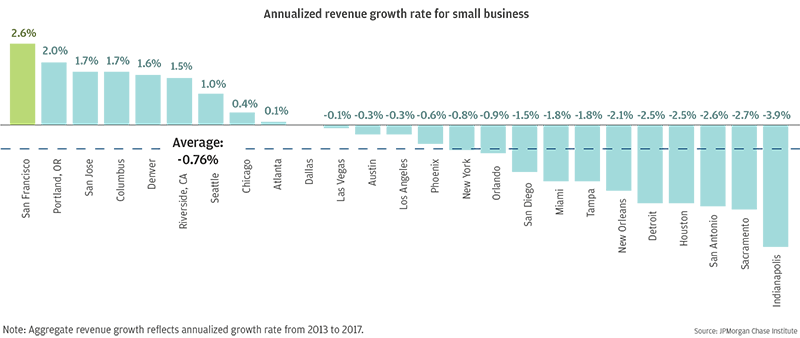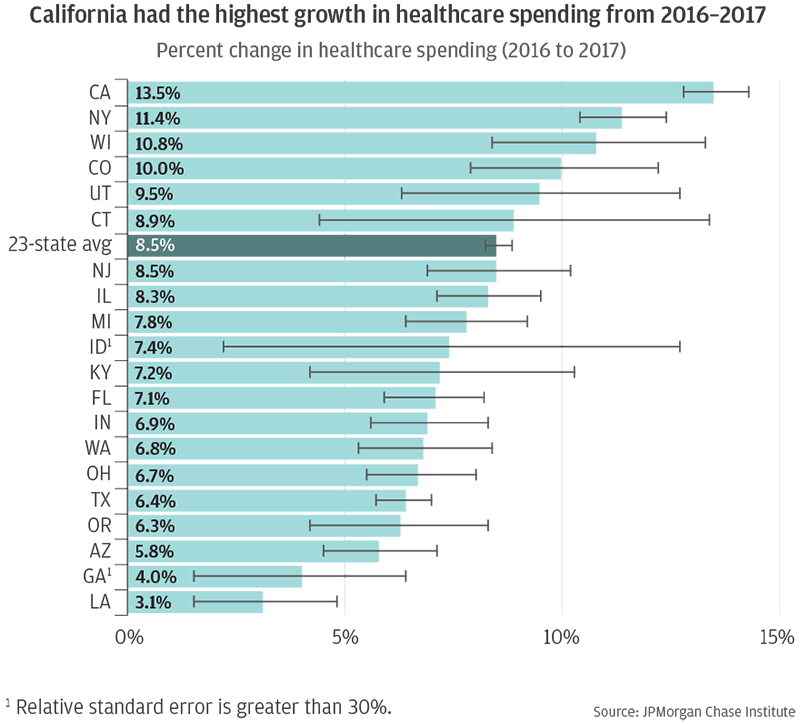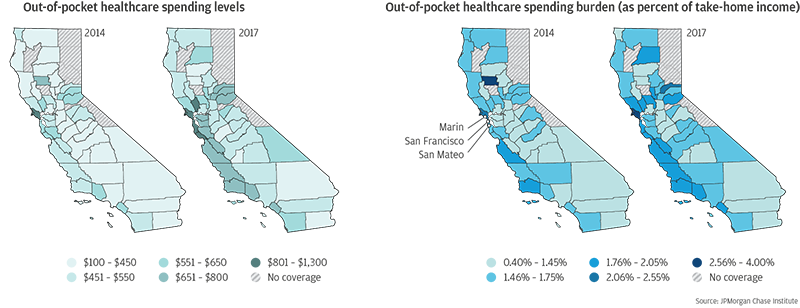Acknowledgements
We thank Bryan Kim, Tanya Sonthalia, and Chex Yu for their research assistance and thoughtful contributions to this work.
This effort would not have been possible without the diligent and ongoing support of our partners from the JPMorgan Chase Consumer and Community Bank and Corporate Technology teams of data experts, including, but not limited to, Howard Allen, Samuel Assefa, Connie Chen, Anoop Deshpande, Andrew Goldberg, Senthilkumar Gurusamy, Derek Jean-Baptiste, Joshua Lockhart, Ram Mohanraj, Ashwin Sangtani, Stella Ng, Subhankar Sarkar, and Melissa Goldman, as well as JPMorgan Chase Institute team members, including Elizabeth Ellis, Alyssa Flaschner, Courtney Hacker, Sarah Kuehl, Caitlin Legacki, Sruthi Rao, Carla Ricks, Tremayne Smith, Gena Stern, Maggie Tarasovitch, Preeti Vaidya, Marvin Ward, and Chris Wheat.
Finally, we would like to acknowledge Jamie Dimon, CEO of JPMorgan Chase & Co., for his vision and leadership in establishing the Institute and enabling the ongoing research agenda. Along with support from across the firm—notably from Peter Scher, Max Neukirchen, Joyce Chang, Patrik Ringstroem, Lori Beer, and Judy Miller—the Institute has had the resources and support to pioneer a new approach to contribute to global economic analysis and insight






